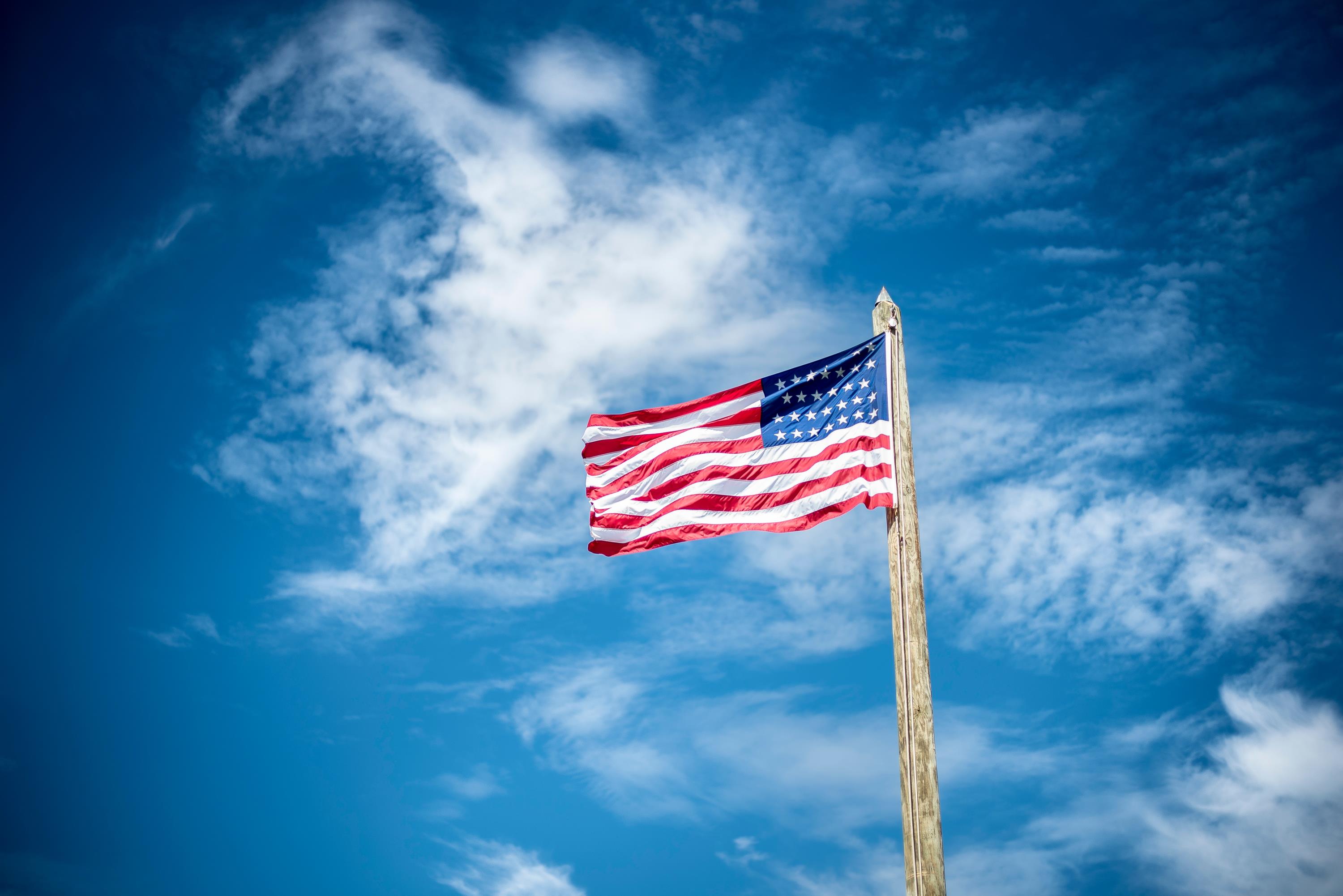
Significance of Independence Day
Independence Day 2019, also known as Fourth of July, is a federal holiday observed yearly on July fourth. It is the anniversary of the publication of the declaration of independence of the United States of America from Great Britain in 1776.
History of Independence Day
The history of Independence Day 2019 dates back to the 18th century and the American Revolution (1775-83). In June 1776, representatives of the 13 colonies then fighting in the revolutionary struggle weighed a resolution that would declare independence of the United States from Great Britain. On July 2, the legal separation of the Thirteen Colonies from Great Britain occurred, when the Second Continental Congress voted to approve a resolution of independence that had been proposed by Richard Henry Lee of Virginia. Two days later its delegates adopted the Declaration of Independence, a historic document drafted by Thomas Jefferson, John Adams, and Benjamin Franklin.
Historians have long disputed whether Congress actually signed the Declaration of Independence on July 4 and most have concluded that the Declaration was signed nearly a month after its adoption, on August 2, 1776, and not on July 4 as it is commonly believed. The holiday remains to be celebrated on the fourth of July. Coincidentally, both John Adams and Thomas Jefferson, the only signers of the Declaration of Independence later to serve as Presidents of the United States, died on the same day: July 4, 1826, which was the 50th anniversary of the Declaration.
Traditions of Independence Day
Independence Day is a day of family celebrations with picnics and barbecues, showing a great deal of emphasis on the American tradition of political freedom and patriotism. Many people display the American flag outside their homes or buildings. Additionally, Independence Day fireworks are often accompanied by patriotic songs such as the national anthem and, in capable military bases, a salute of one gun for each state in the United States, called a "salute to the union", is fired on Independence Day at noon.